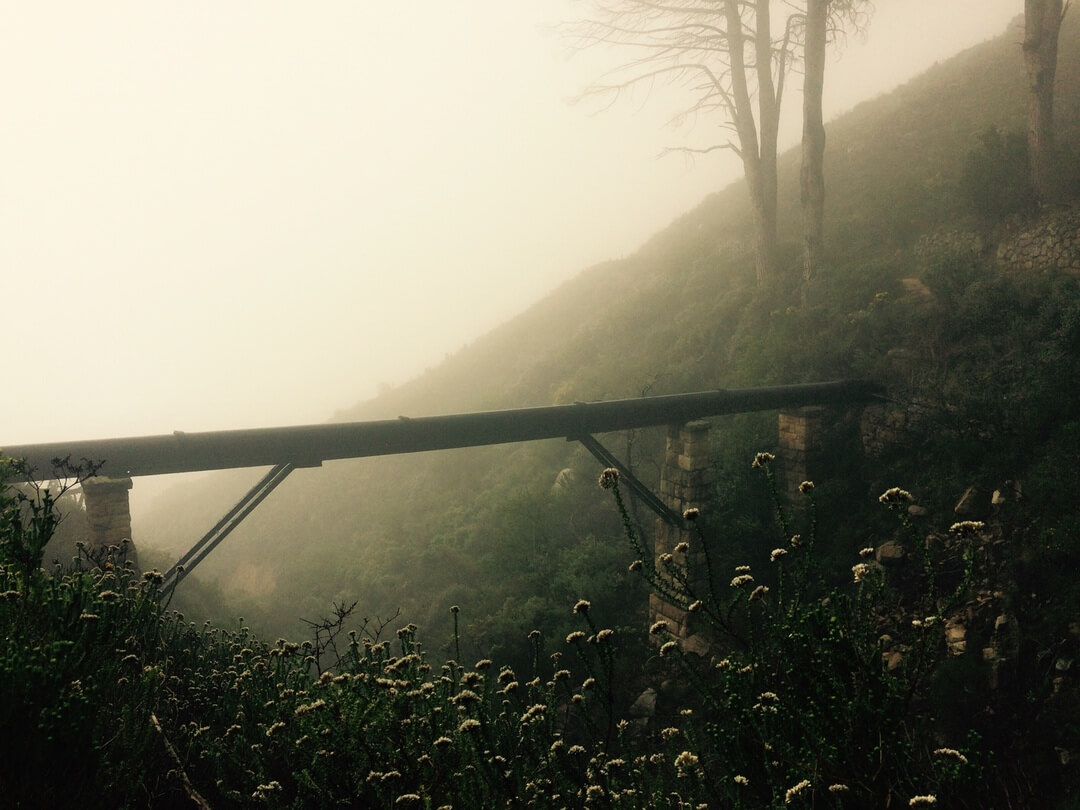Natural Gas
What: Natural gas is arguably the most useful and safest form of energy that we use every day. Natural gas is made up of hydrogen and carbon and can be found alone or with oil. Natural gas is the most used energy source because it is combustible and burns more cleanly than most other energy sources.
Where: Natural gas is a result of the remains of plants and animals buried and exposed to heat for thousands of years. The soil and rocks that buried these elements compress and transform the once-living organisms into natural gas. The gas molecules live in small holes and cracks in the surrounding rock formations. Once extracted it is processed, reduced and cleaned, and then transported, through pipelines, into our homes.
Fun Fact: When the natural gas is extracted from the earth by-products including ethane, propane, butane, and sulfur come with it and have other uses.
Who: Basically there are three categories of distribution, residential, commercial, and industrial.
Residential: Energy is required in our homes to heat them, cook in them, take showers, dry our clothes and to generate electricity.
Money Saver: Natural gas is one of the most cost-efficient forms of energy available.
Commercial: Similarly to residential needs stores, offices, hospitals, schools, and other like enterprises heat and cool their spaces with natural gas. Natural gas also can produce on-site electricity generation. There is greater operational flexibility with natural gas plants than coal plants because they have a quicker range of rapidly heating up or turning down.
Money Saver: on-site electrical generation is often less expensive than an off-site generation.
Industrial: Natural gas is used in many different industries such as glass, paper, chemical, plastic, metal, and more.
How: Natural gas travels through a network of interconnected pipelines. These lines pass natural gas quickly and over many miles. Simply put, the pipelines gather the gas after extracted and cleaned, pressurize it, push it out to smaller lines, distribute it and then depressurize it so that we can get the proper amount into our homes and businesses.
Fun Fact: Natural gas is odorless but the distribution companies odorize it so that we can identify when it is on or leaking.

